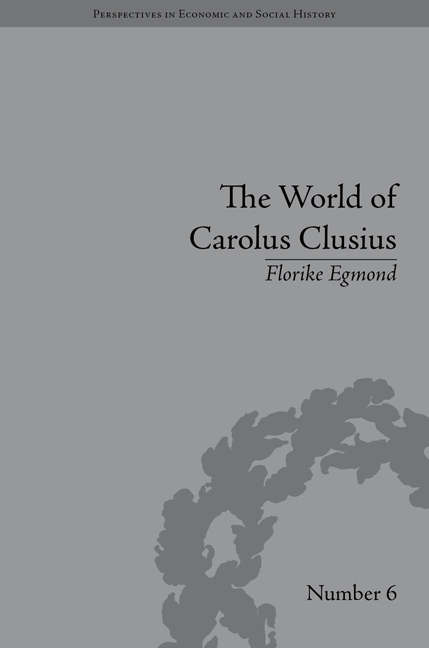Book contents
- Frontmatter
- CONTENTS
- Miscellaneous Frontmatter
- Preface
- Technical Note
- Abbreviations
- List of Figures
- Introduction
- I The Southern Netherlands
- 1 The Garden of Europe: Botany as a Courtly Fashion in the Southern Netherlands
- 2 Expert Gardeners: Growing Rare Plants during the late Sixteenth Century
- II Habsburg Women
- III Italy
- IV France
- V Holland
- VI Beyond Place
- Conclusion
- Notes
- Works Cited
- Index
2 - Expert Gardeners: Growing Rare Plants during the late Sixteenth Century
from I - The Southern Netherlands
- Frontmatter
- CONTENTS
- Miscellaneous Frontmatter
- Preface
- Technical Note
- Abbreviations
- List of Figures
- Introduction
- I The Southern Netherlands
- 1 The Garden of Europe: Botany as a Courtly Fashion in the Southern Netherlands
- 2 Expert Gardeners: Growing Rare Plants during the late Sixteenth Century
- II Habsburg Women
- III Italy
- IV France
- V Holland
- VI Beyond Place
- Conclusion
- Notes
- Works Cited
- Index
Summary
Returning to Clusius's own age, we find two more significant clusters of wealthy garden lovers in the Southern Netherlands – all of them close friends of Clusius, while several also figure on Lobel's list of experts. Most of these men belonged to a slightly younger generation than Saint Omer, Brancion or Coudenberghe, but the various clusters overlapped in terms of generation as well as time. Interestingly, their letters tell us not only about their fascination with plants and gardens, but occasionally also reveal how they regarded themselves and each other in so far as expertise was concerned.
The apothecary Jean Mouton (d. 1589) was the link between these overlapping clusters. He knew both Brancion in Malines and Marc Laurin in Bruges, and introduced Clusius to new plant lovers. Mouton owned a rich garden in Tournai which seems to have been on a par with those of Coudenberghe and Brancion. He was in close contact with Lobel and Clusius, who both mention him frequently in their printed works as a source of information and plants. Mouton, for instance, sent Clusius pictures of a pseudonarcissus that flowered in his garden in 1576, of a ‘hyacinthus stellaris’ and an eryngium. And he showed Clusius an anemone that closely resembled one which Clusius had observed many years earlier in Portugal and which Mouton had grown from seed received from there.
- Type
- Chapter
- Information
- The World of Carolus ClusiusNatural History in the Making, 1550–1610, pp. 25 - 44Publisher: Pickering & ChattoFirst published in: 2014



